The dawning of the 20th century was an auspicious time for Scottish automakers. Argyll, Arrol-Johnston and Halleys all got their starts at this time. On 30th December 1899, Norman Osborne Fulton and Thomas Blackwood Murray, both formerly of Arrol-Johnston, established perhaps the most famous Scottish automotive firm, the Albion Motor Car Company Ltd. Murray’s father John Murray provided financial backing and suggested the Albion name.
With its first factory situated at 169 Finnieston Street, Glasgow, Albion started out with seven employees. The company began automobile production in 1900 with its first car, an 8-horsepower dogcart constructed of varnished wood and fitted with solid tyres. Albion became a private concern in 1902, and by 1904 had moved to a large plant in South Street at Scotstoun, Glasgow. Albion Motors manufactured both cars and trucks; as early as 1902 the company produced a half-ton van.
Sure as the Sunrise
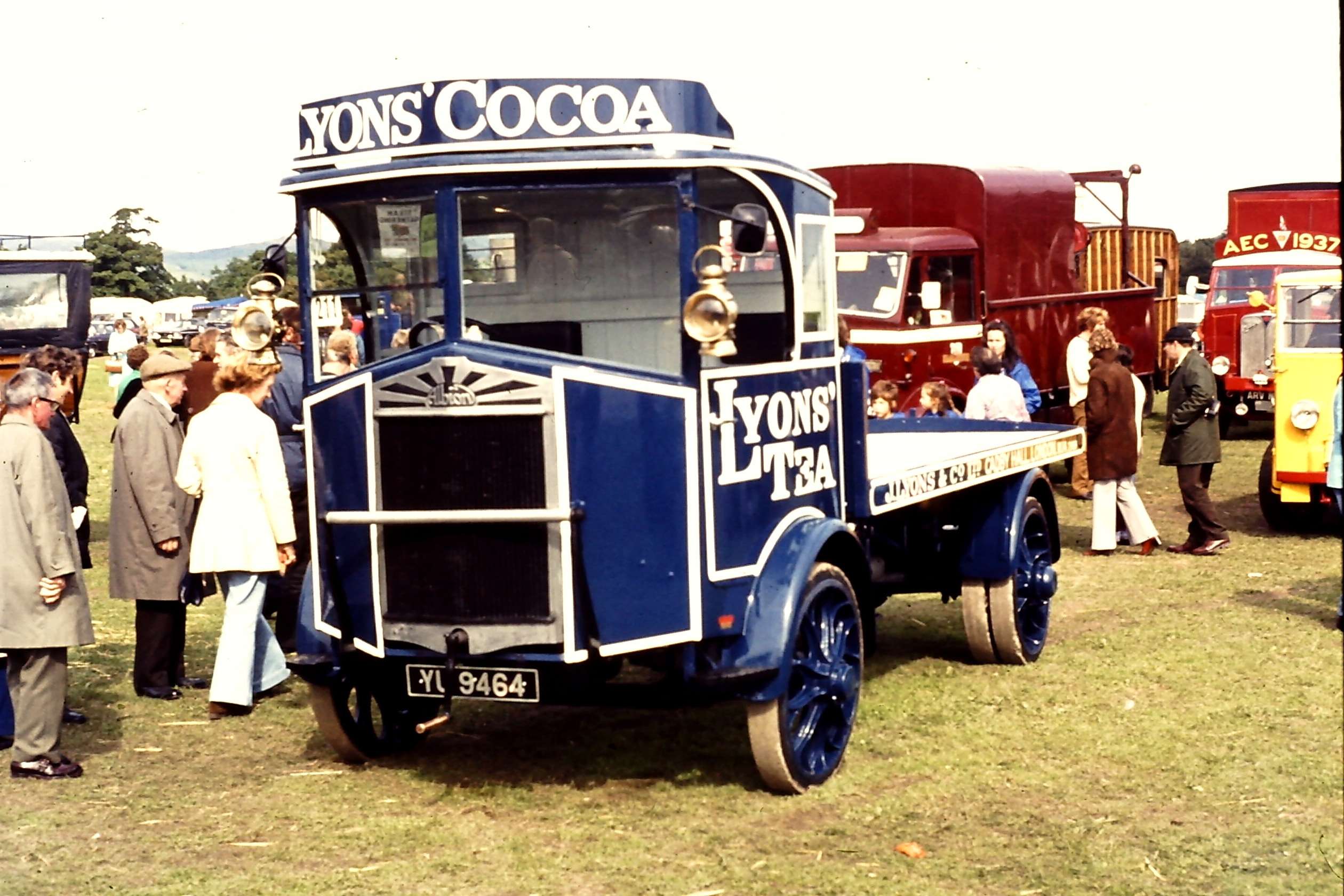
Investor J. F. Henderson came on board in 1907 as joint managing director. Leading up to the First World War, Albion produced several car models: the 8, 12, 16, 24/30, and 15. Some of Albion’s early cars had a price tag of £280, and were advertised as ‘suitable for the country house’. Variations of Albion cars included taxis and ambulances. The firm moved further into commercial vehicle production, and from 1909 began concentrating on trucks and buses. The early buses were built on Albion A10 lorry chassis.
Albion became a public company in 1914, and in 1915 ceased passenger car manufacture. During the First World War Albion focused on the production of military vehicles. The firm produced a large number of three-ton trucks for the War Office, to be deployed in France. Many of these were converted to charabancs after the war. The Viking 28, announced in 1927, was the first Albion forward-control bus, the driver being positioned beside the engine. Albion’s first double-decker bus, the Venturer 51-seater, was introduced in 1932.
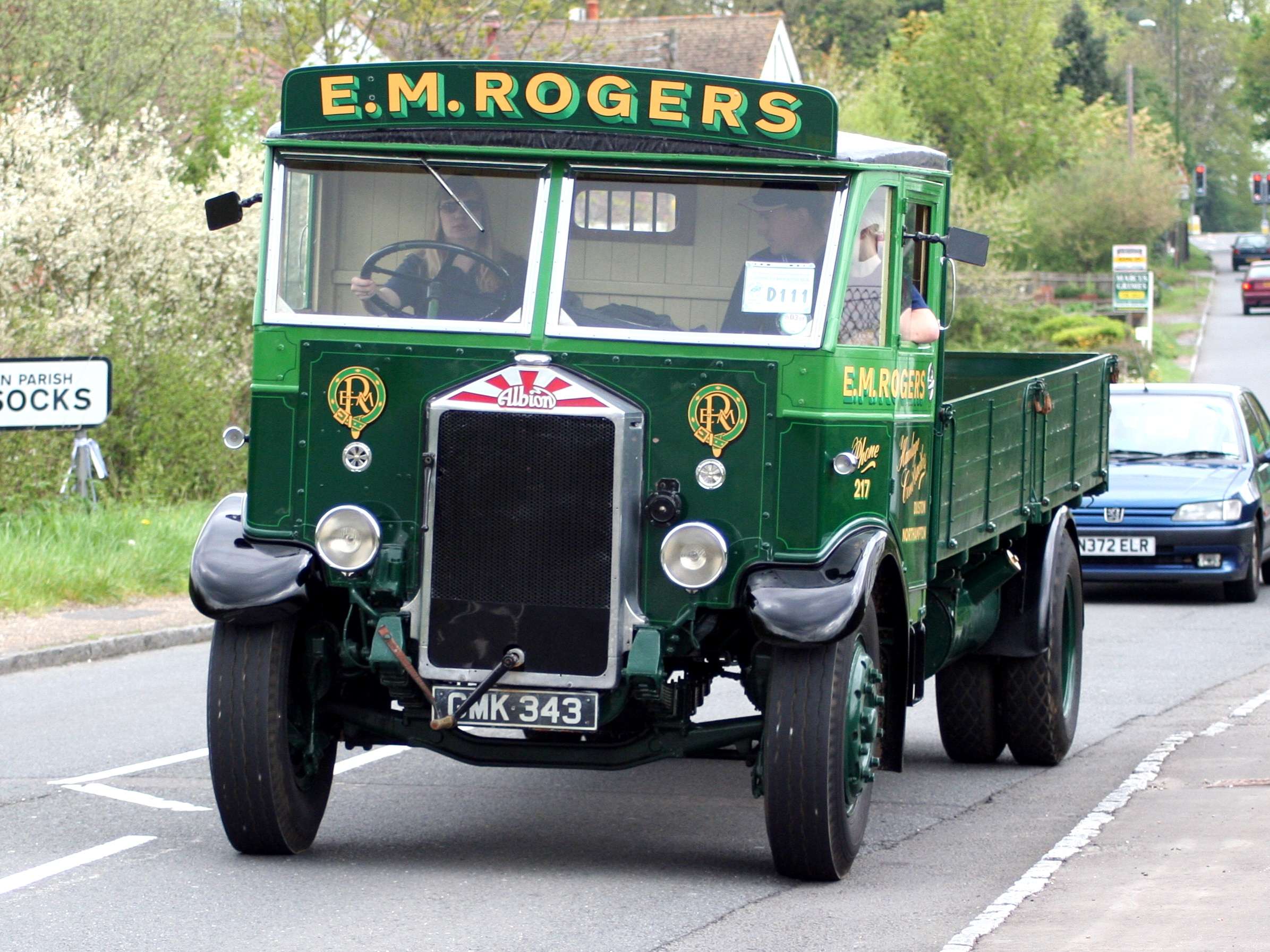
In 1930-31 the company’s name was changed to Albion Motors, and the firm began to use diesel engines in its buses in 1933. In 1935 Albion procured Halleys Industrial Motors, based at Yoker, Glasgow. Halleys, which was regarded as one of the Big 10 motor vehicle makers, had produced commercial vehicles since 1906. These included a fire tender, flatbed, tipper and a coach. Halleys also made engines and pumps. During World War Two, Albion assisted the war effort by using its facilities to produce the Enfield No 2 Mk I revolver.
From 1944 the company manufactured its own 4- and 6-cylinder diesel engines, and following the war Albion commenced production of modernised buses with under-floor engines. Albion lorries, which became renowned for their toughness and reliability, proved to be stiff competition for Foden trucks all the way from World War One to the 1950s. Albion reliability was expressed through its slogan, ‘Sure as the Sunrise’, the latter depicted pictorially in its logo by the image of a rising sun.
Tough as the Scots who make them
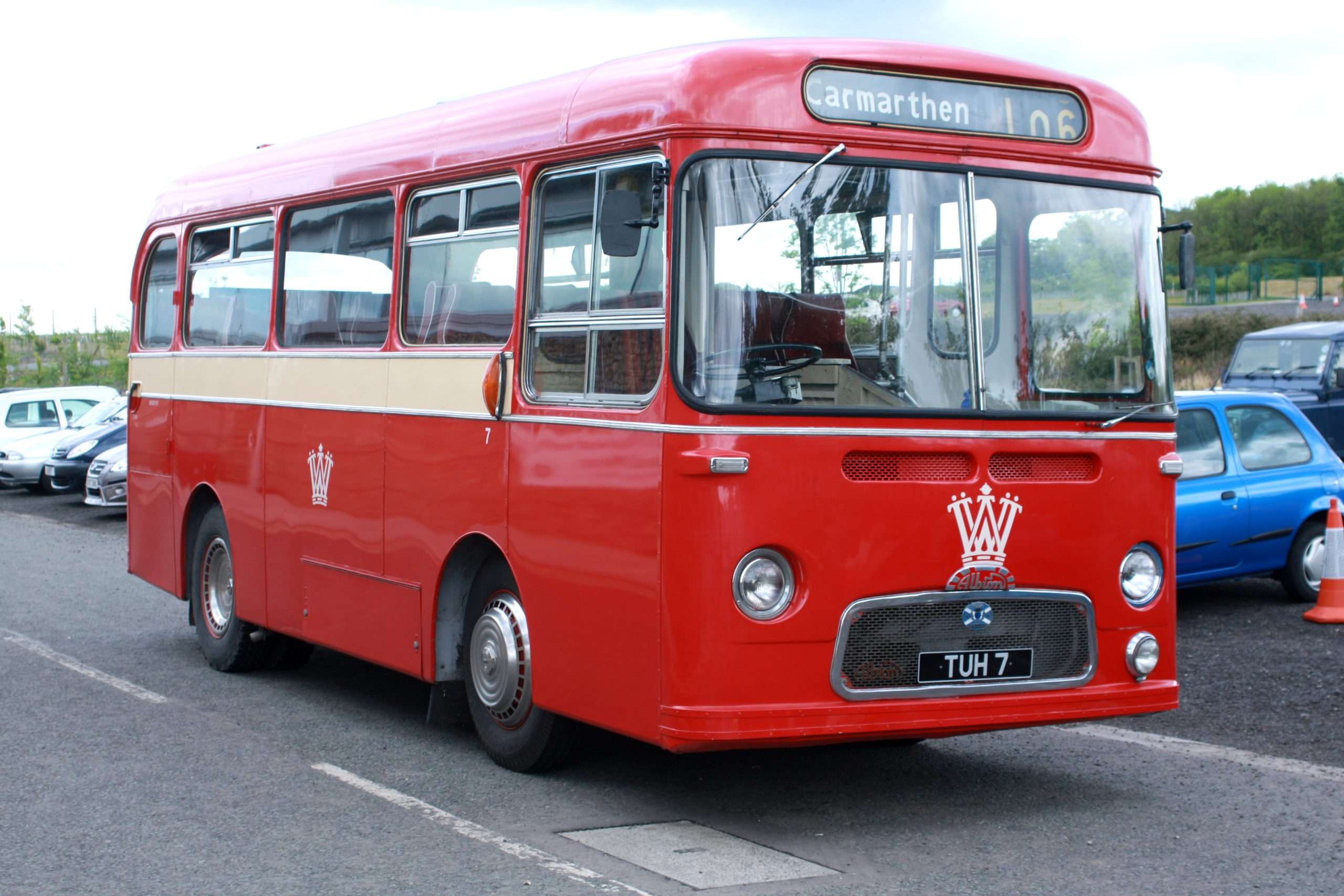
Albion merged with Leyland Motors in 1951, with Leyland reducing the size of the Albion range. The final double-decker bus made by Albion was the 1961 Lowlander (marketed under the Leyland name in England). With the founding of the British Leyland Motor Corporation in 1968, production of the Albion Viking buses and the Chieftain, Clydesdale and Reiver trucks continued. Albion took over the Coventry Ordnance Works in 1969, and produced complete trucks and buses in its Scotstoun factory until 1972.
Partial construction or assembly of trucks and buses by Albion continued until 1980, when Leyland finally scrapped the Albion name. Albion vehicles were a once familiar (and a now fondly remembered) sight on Scottish, English and Welsh roads. Albion exported its lorries and buses to South Africa, East Africa, Australia, India and elsewhere in Asia. The vehicles were exemplars of Scottish craftsmanship and engineering at points around the globe. As a 1960s Albion advert read, ‘Albion . . . tough as the Scots who make them.’
Besides the Viking, Albion buses included the Valiant, Victor, Valkyrie and many others. Beyond those aforementioned, amongst Albion trucks were the Clansman, Claymore, CX22S Heavy Artillery Tractor, the WD66 6×6 truck, and the WD.CX24 Tank Transporter. Albion lorry variants included fire tenders, tankers, refuse trucks, wreckers and cement mixers. A 1993 buyout brought Albion back into Scottish hands for several years. Headquartered in Scotstoun, Albion Automotive is now a subsidiary of American Axle & Manufacturing, which took over the firm in 1998. Albion produces and supplies automotive component systems such as crankshafts, axles and chassis systems.
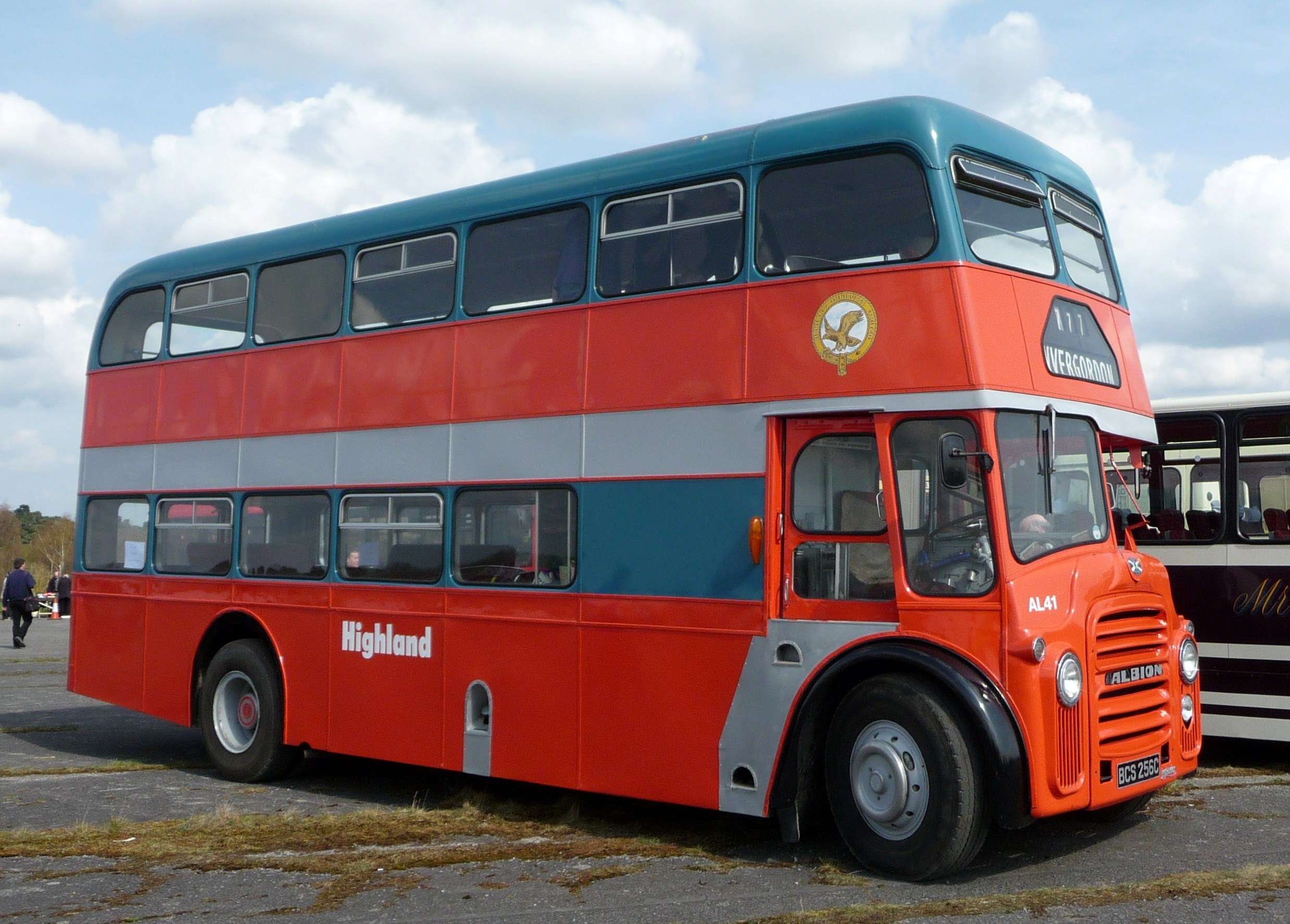
Though Albion trucks and buses might not be seen regularly on Scottish highways, quite a number of the vehicles have been restored, maintained and preserved in both private hands and in museums. The Biggar Albion Foundation, a Scottish charity in Lanarkshire, runs the Albion Club, the Albion Archive, and the Biggar Rally. The foundation also operates the Albion Museum in North Back Road, which has a collection of historic Albion vehicles. Members of the Albion Club receive the quarterly publication, The Albion Magazine, which has incorporated the Albion Vehicle Preservation Trust Newsletter.
The Albion Museum is normally open on weekends 10 to 2, from April to October. The Albion Vehicle Preservation Trust, a Scottish charity established in 1967, was formed to acquire and preserve a 1950 Albion Valiant coach. The trust also brought a 1967 Viking coach into the fold in 1991. In cooperation with the Albion Club, the trust maintains the Register of Preserved Albions, with the number of vehicles recorded so far across the globe at over 1,000.
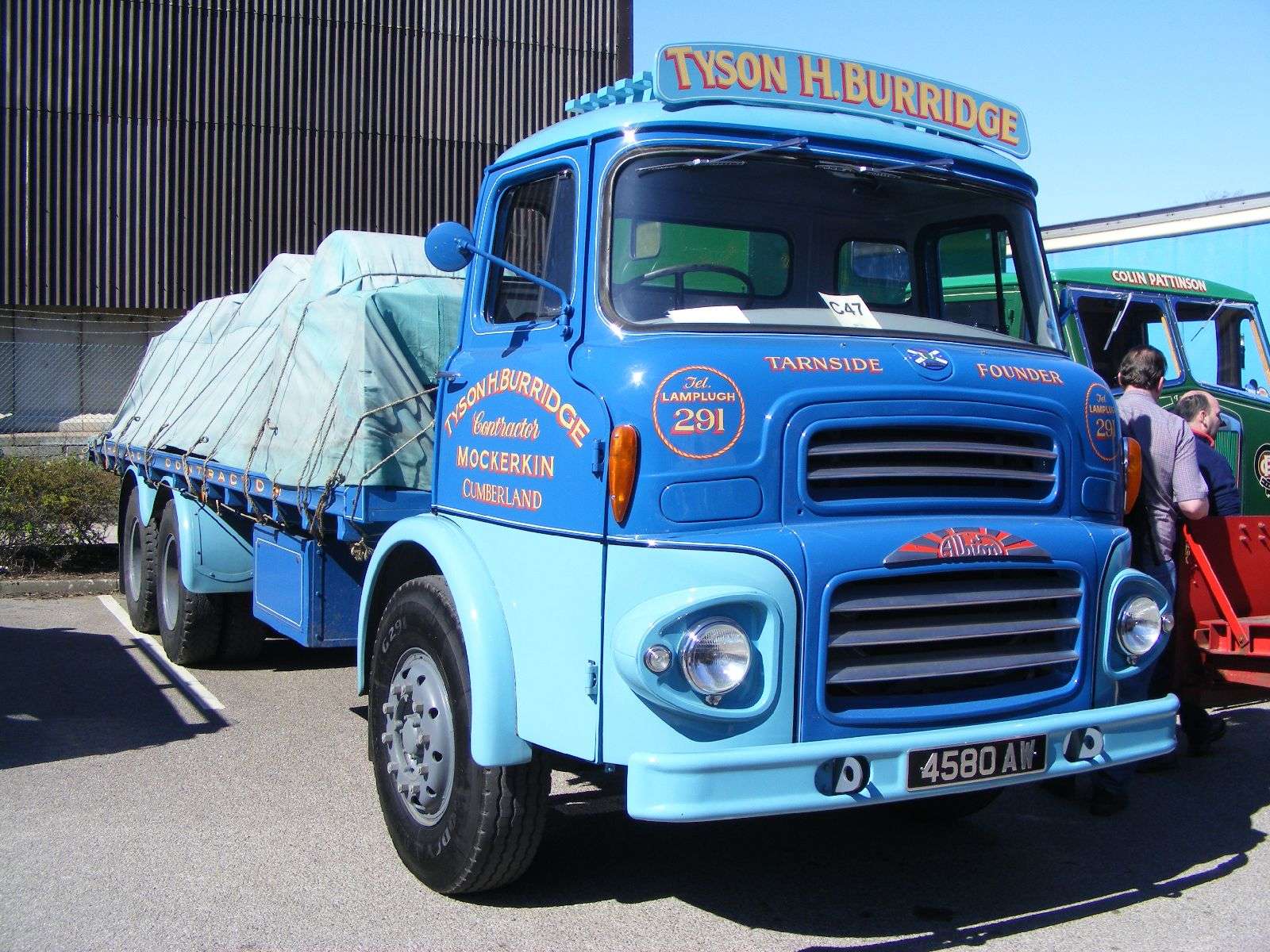
Did you know?
Arrol-Johnston
The Arrol-Johnston company’s origins go back to Glasgow locomotive engineer George Johnston, who, after studying various continental European cars, decided that he could best their designs with his own. For the project, Johnston teamed up with his cousin Norman Fulton, and Thomas Murray (both of whom would soon move on to form Albion Motors in 1899). In 1895 Johnston and Sir William Arrol, one of the engineers of the Forth Bridge, formed the Mo-Car Syndicate Ltd. Johnston worked as managing director, while Arrol, who provided financial backing, was company chairman. The firm built the first British production car, the Dogcart, introduced in 1898. The Dogcart was made in a factory in Yates Street, Camlachie, Glasgow. Financial restructuring in 1903 resulted in the departure of Johnston, who went on to establish the ill-fated Johnston Car Company (later called the All British Car Company), in Bridgeton. Arrol-Johnston grew to become Britain’s fifth largest automobile producer. Aster merged with Arrol-Johnston in 1927, which resulted in the Arrol-Aster marque. The company restored the Blue Bird, Sir Malcolm Campbell’s famous land speed record car, in 1928. However, Arrol-Aster went into receivership, and ceased production in 1931.
Galloway cars
Established in 1920, Galloway Motors Ltd was a subsidiary of Arrol-Johnston. First based at Tongland near Kirkcudbright, the company moved to Heathhall, Dumfries in 1923. Galloway was staffed and run chiefly by women. In fact, one of its advertising slogans was ‘a car made by ladies for others of their sex’. Dorothée Pullinger, daughter of Arrol-Johnston manager T. C. Pullinger, was director and manager of Galloway. Part of Dorothée’s plan with Galloway was to provide employment for local women. She also raced cars, and took the cup in the 1924 Scottish Six Day Car Trials. Galloway made one model (rather than a whole range) at a time, and the cars were known for their simplicity and durability. The Tongland factory produced a few hundred Galloway autos before the move to Dumfries. By the time the firm had ceased operations in 1928, it had manufactured about 4,000 Galloway cars in total.
Text by: Eric Bryan.
Main photo: An example of the 1911 Albion 24/30. Photo: Stephen Velden, Creative Commons Attribution-Share Alike 2.0 Generic licence.

